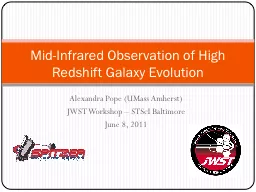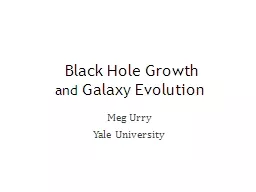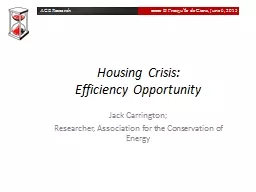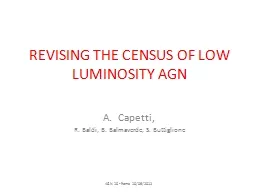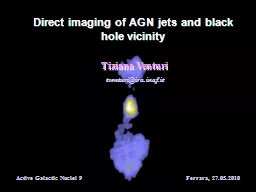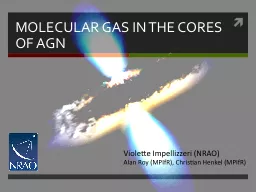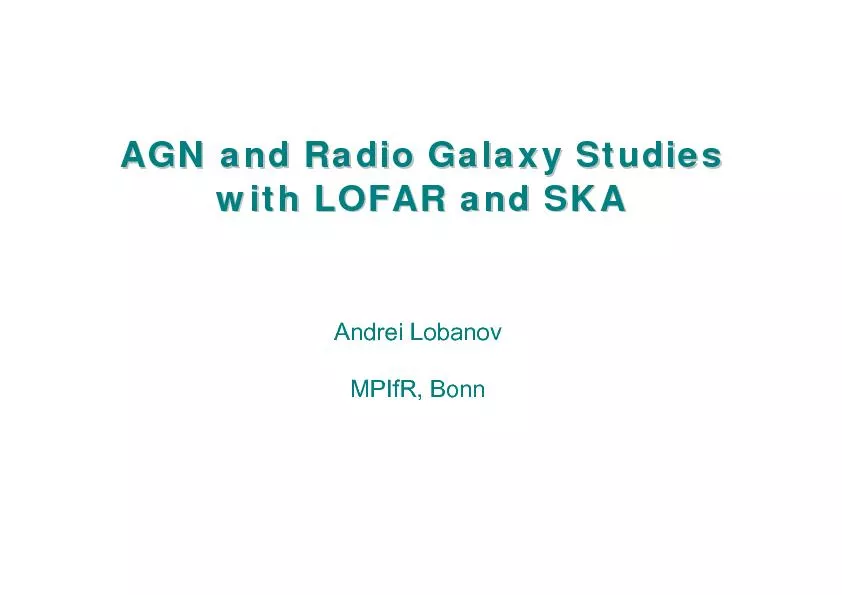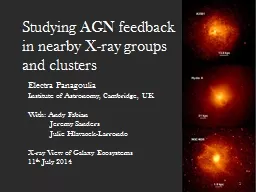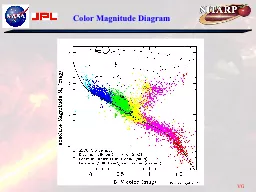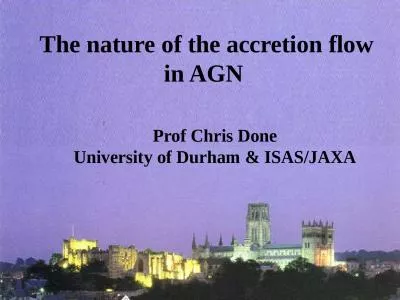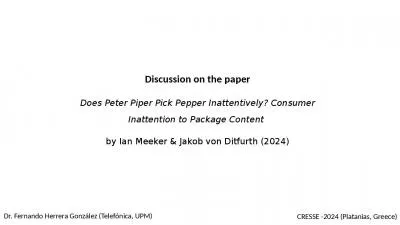PPT-AGN downsizing
Author : tawny-fly | Published Date : 2016-03-28
は階層的銀河形成論で説明 できるか Motohiro Enoki Tomoaki Ishiyama Tsukuba Univ Masakazu A R Kobayashi Ehime Univ Masahiro Nagashima Nagasaki
Presentation Embed Code
Download Presentation
Download Presentation The PPT/PDF document "AGN downsizing" is the property of its rightful owner. Permission is granted to download and print the materials on this website for personal, non-commercial use only, and to display it on your personal computer provided you do not modify the materials and that you retain all copyright notices contained in the materials. By downloading content from our website, you accept the terms of this agreement.
AGN downsizing: Transcript
Download Rules Of Document
"AGN downsizing"The content belongs to its owner. You may download and print it for personal use, without modification, and keep all copyright notices. By downloading, you agree to these terms.
Related Documents


